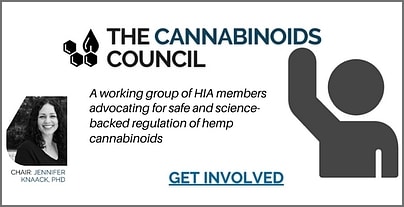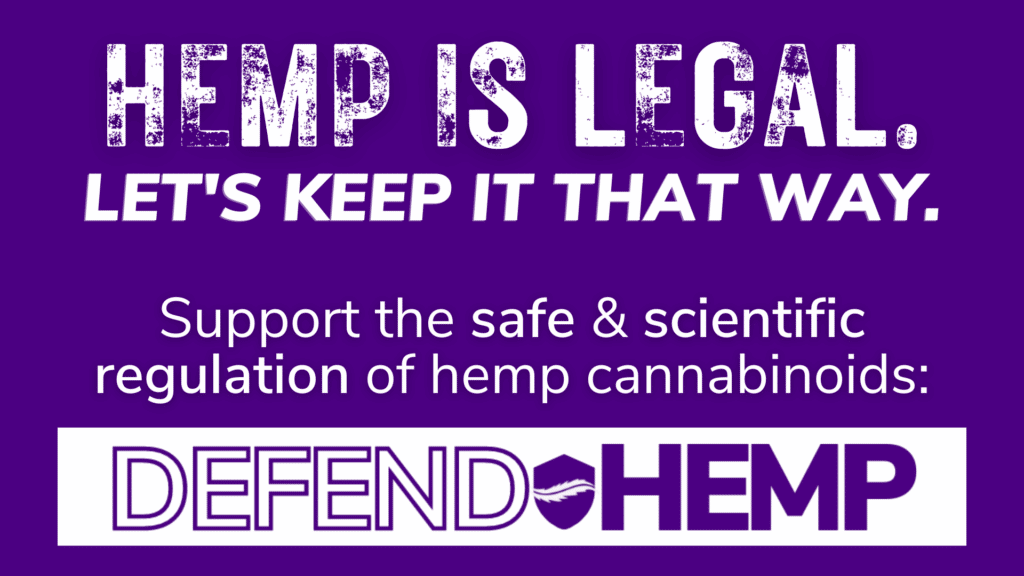The primary method used to test Delta-8 THC product compliance can’t do the job.
Hemp is the first cash crop to be (re)introduced to U.S. farming in decades, and the 2018 Farm Bill handed the industry a whole mess of unique challenges along with legalization. Farmers and manufacturers have been confronted by confusing and onerous regulations; there has been a lack of federal support in the form of subsidies and insurance for farmers, producers have been waiting years for the FDA guidance; Anybody doing business with hemp faces banking and financial obstacles from higher transaction fees to service shutdowns; and infrastructure and research deficits that have to be overcome for hemp to reach its potential as an industrial commodity.
So nobody wants to hear that the hemp industry has yet another challenge it must overcome. But with the rise of Delta-8 THC and similar products that are converted from CBD, a new and serious problem has arisen. Call it the HPLC Problem.
The HPLC Problem, in a nutshell, is this: The vast majority of Delta-9 THC potency tests, done to make sure that Delta-8 THC products are compliant (meaning contain less than 0.3% Delta-9 THC on a dry weight basis), is being done using high-performance liquid chromatography (HPLC), but that method is not capable of distinguishing between Delta-9 THC and Delta 8 THC with any degree of confidence. 
This problem was detailed in a fascinating Extraction Magazine article that received far too little attention last month. Here’s Dr. Richard Sams of KCA Labs explaining to the interviewer:
“See that group of spikes on the graph,” he motioned to a tight group of three or four spikes.
“I do,” I responded. “No one knows what they are, right?”
“Oh no, no. We know,” Dr. Sams said with a grin.
“Not from this result, but from GC-MS (Gas Chromatography-Mass Spectrometry). Using liquid chromatography with photodiode array (PDA) detection system, you don’t get the specificity of mass spectral identification and the chromatographic resolution you get on GC-MS, and it tells you nothing about the chemical structure of these substances, yet it’s what’s used for most testing.”
HPLC is just not up to the task, as they say, but it’s the technique most commonly employed by manufacturers of hemp-derived cannabinoids.


